How Much Does a Fan Use in Electricity
In today's environmentally conscious and cost-effective world, understanding the energy consumption of household appliances is paramount.
Among these, fans are a common fixture in homes across the globe, providing essential air circulation and cooling. However, the question arises: how much does a fan use in electricity?
This comprehensive guide aims to delve into the intricacies of fan electricity usage, offering insights into how you can optimize their operation for energy efficiency and cost-effectiveness.
Understanding Fan Electricity Usage
Before we can answer the question of how much does a fan use in electricity, it's important to understand the factors that influence a fan's energy consumption.
These factors include the type of fan (e.g., ceiling fans, box fans, pedestal fans), the model, the size, and the speed settings. Each of these elements plays a crucial role in determining the overall electricity usage of a fan.
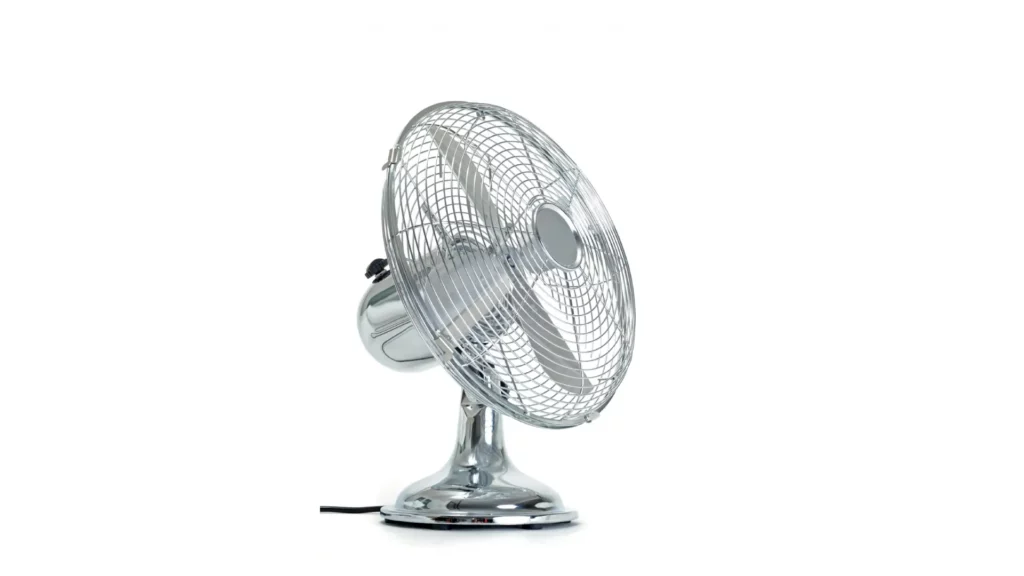
Types of Fans and Their Energy Consumption
- Ceiling Fans
Ceiling fans are among the most common types used in households. They are appreciated for their efficiency in circulating air in a room.
However, the question remains, how much does a fan use in electricity when it comes to ceiling models?
On average, ceiling fans consume between 50 to 100 watts of electricity, depending on their size and speed.
- Box and Pedestal Fans
Box fans and pedestal fans offer portability and focused airflow. These fans typically use between 40 to 100 watts of power, with energy usage varying by speed setting and model efficiency.
- High-Efficiency Fans
High-efficiency fans are designed to minimize electricity consumption while maximizing airflow. These models often feature energy-saving motors and blade designs that cut down on energy use without compromising performance.

The Impact of Speed and Usage Duration on Electricity Consumption
The correlation between the speed setting of a fan and its electricity usage is a critical aspect of understanding a fan's energy consumption.
- Higher Speed Equals Higher Consumption: Operating a fan at higher speeds increases electricity usage due to the motor working harder to rotate the blades faster, necessitating more electrical power.
- Adjustable Speed Settings Increase Flexibility but Affect Energy Use: Fans offer varying speed settings for airflow adjustment. However, higher settings consume significantly more electricity, with consumption potentially increasing up to 50% from the lowest to the highest setting.
- Duration of Use Directly Impacts Electricity Consumption: The longer a fan runs, the more electricity it uses. Continuous operation, especially at high speeds, can lead to noticeable hikes in energy costs.
- Example of Consumption Difference Based on Speed and Duration: A fan that consumes 75 watts running for 3 hours on a low setting might use about 0.225 kWh of electricity, whereas the same fan running on high for 8 hours could use around 0.6 kWh.
- Efficiency Through Strategic Use: Employing fans during cooler times or alongside other cooling methods can reduce the necessity for high-speed operation and prolonged use.
- Incorporating Timers or Smart Systems for Optimal Use: Utilizing timers or integrating fans into smart home systems to control operation can help in making their use more energy-efficient.
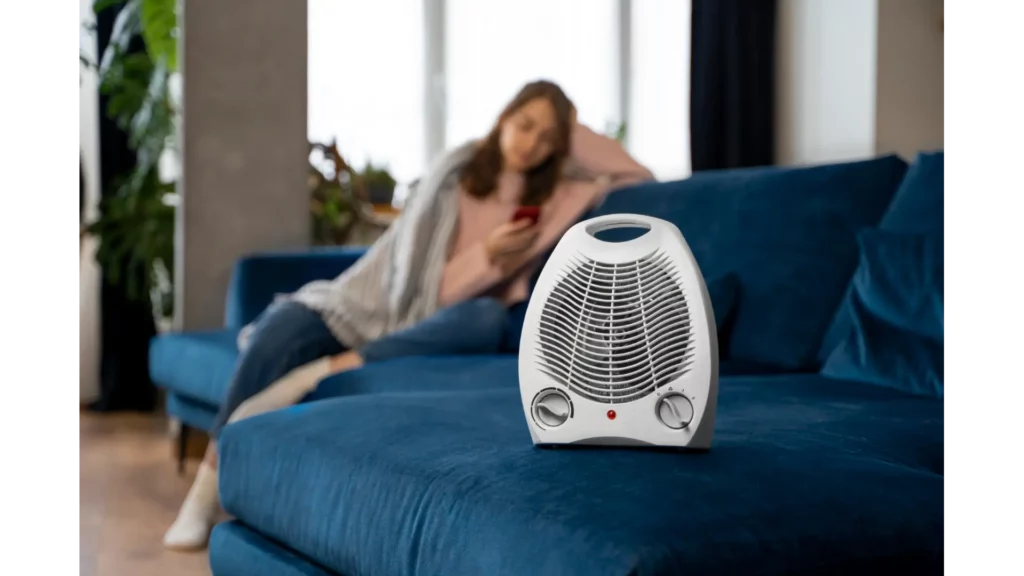
Calculating How Much Does a Fan Use Electricity
To quantify how much does a fan use electricity, you can use the following formula:
Electricity Usage (kWh) = Power (W) × Hours Used ÷ 1000
For instance, a ceiling fan that consumes 70 watts of power and runs for 8 hours a day would use 0.56 kWh of electricity per day (70W × 8h ÷ 1000).
Cost Implications
Understanding the electricity usage of a fan also requires considering the cost implications. The cost of running a fan depends on your local electricity rates, which can be found on your electricity bill and are typically measured in cents per kWh.
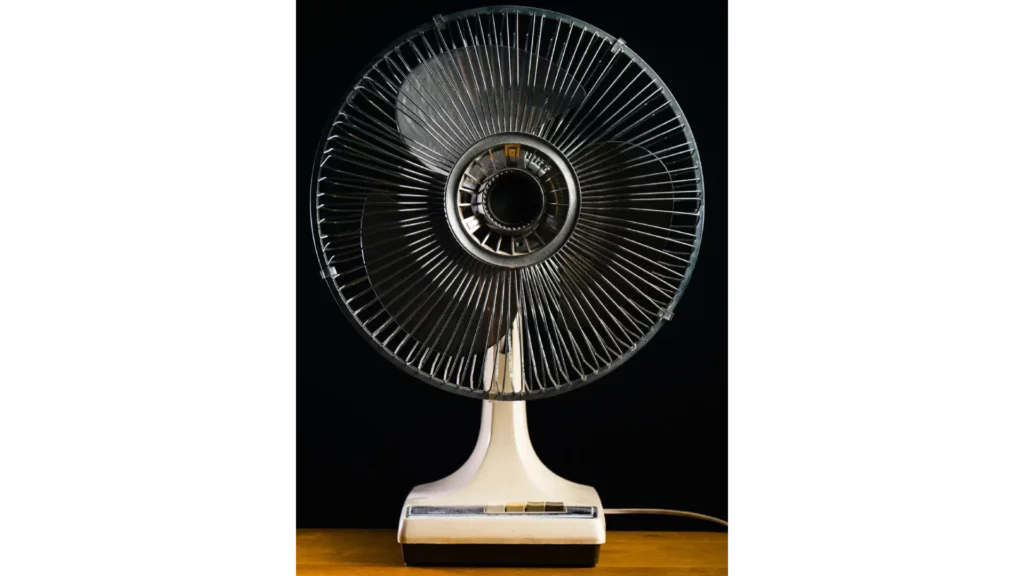
Energy-Saving Tips for Fan Usage
Maximizing the efficiency of your fan involves several strategies, including:
- Using Energy-Efficient Models: Opt for fans with energy-saving features and ENERGY STAR ratings.
- Optimal Placement: Position fans to enhance air circulation effectively, reducing the need for higher speed settings.
- Regular Maintenance: Keep fans clean and well-maintained to ensure optimal performance and energy efficiency.
- Smart Usage: Use fans in conjunction with natural ventilation and other cooling methods to minimize reliance on more energy-intensive cooling systems like air conditioners.
Fan Electricity Consumption vs. Other Cooling Methods: A Summary
When exploring how much electricity a fan uses, it's insightful to compare it with other cooling solutions like air conditioners and portable air coolers. Here's a brief overview:
- Air Conditioners: High Energy Users
Air conditioners are the most powerful cooling option but also the most energy-intensive, consuming between 500 to 3,500 watts. Their high electricity usage translates to higher utility bills, making them less energy-efficient compared to fans.
- Portable Air Coolers: Moderate Energy Consumption
Sitting between fans and air conditioners, portable air coolers use 100 to 250 watts. They offer a cooler environment than fans alone and work best in dry climates, though they're less effective in humid conditions.
- Fans: The Most Energy-Efficient Cooling Option
Fans are the clear winners in terms of energy efficiency, using only 40 to 100 watts. They're ideal for those looking to improve air circulation and comfort without the high energy costs associated with more powerful cooling systems.
- Strategic Usage for Efficiency
Combining cooling methods strategically, such as using fans to distribute air conditioned or evaporatively cooled air, can optimize comfort and energy efficiency. This approach not only keeps environments comfortable but also conserves energy.
The Environmental Benefits of Reducing Fan Electricity Usage
Reducing the electricity usage of fans not only saves costs but also significantly benefits the environment in several ways. Here's a summary of the environmental advantages:
- Lower Greenhouse Gas Emissions: By decreasing fan electricity use, we cut down on the greenhouse gases emitted from power plants, helping to mitigate global warming and climate change.
- Reduced Carbon Footprint: Efficient fan usage leads to smaller carbon footprints for households, contributing to the global effort to reduce carbon emissions.
- Conservation of Natural Resources: Using less electricity conserves finite natural resources like coal and natural gas, minimizing the environmental degradation associated with their extraction and use.
- Support for Renewable Energy: Efficient electrical usage, including fan use, eases the transition to renewable energy sources by reducing overall demand on the electrical grid.
- Enhanced Air Quality: Reduced demand for fossil-fuel-based electricity generation leads to fewer air pollutants, which improves public health by reducing respiratory problems and other pollution-related diseases.
- Promotion of Energy Independence: Lower electricity consumption contributes to national energy independence by decreasing the reliance on imported fossil fuels.
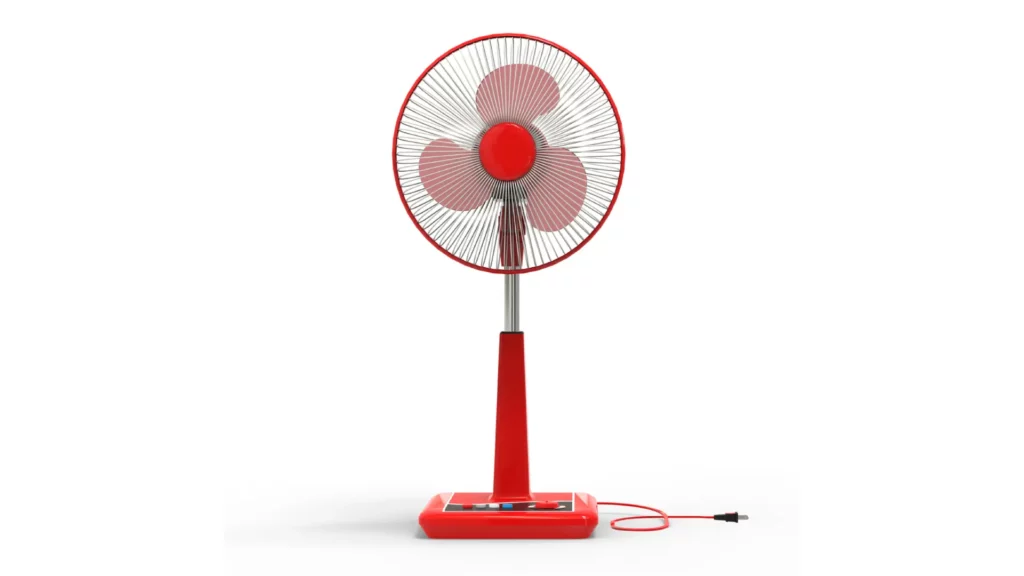
The Future of Fan Technology: A Summary of Innovations and Energy Efficiency
The horizon of fan technology is teeming with innovations that promise to enhance energy efficiency and sustainability in cooling solutions. This concise overview encapsulates the forthcoming trends and breakthroughs in fan technology, emphasizing their potential to revolutionize how we cool our environments while minimizing electricity usage.
- Bladeless Fans: The Forefront of Innovation
Bladeless fans stand out for their efficient cooling capabilities with minimal energy consumption. These fans, characterized by their safety, ease of cleaning, and quiet operation, epitomize the next step in fan evolution, offering significant reductions in electricity usage.
- Advancements in Materials and Design
The exploration of new, lightweight materials aims to create fans that are more efficient and durable, requiring less energy for operation. These advancements not only promise to cut down electricity usage but also extend the lifespan of fans, underscoring a commitment to sustainability.
- Motor Efficiency Enhancements
Improvements in motor technology, particularly the development of brushless DC motors, are set to increase fan efficiency dramatically. These motors offer better control over airflow and consume less electricity, highlighting a key area of innovation in fan technology.
- Smart Technology and Renewable Energy
The integration of smart technology into fan designs allows for automated, energy-efficient operation, adapting cooling based on real-time needs and further reducing energy consumption. Additionally, the future of fan technology is closely tied to compatibility with renewable energy sources, aligning with global sustainability goals.
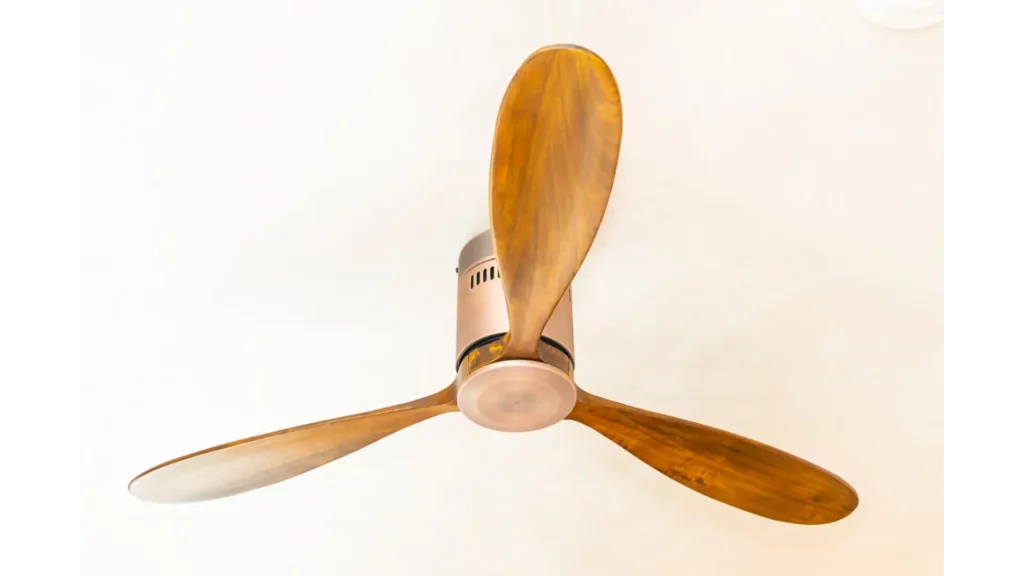
FAQ: Understanding Fan Electricity Usage
1. How much electricity does a fan use?
The amount of electricity a fan uses depends on its type, size, and speed settings. On average, fans consume between 20 to 100 watts of electricity. The specific usage can vary widely based on the model and how it's used.
2. How much electricity does a fan use overnight?
Assuming an average fan running on medium speed consumes about 50 watts, using a fan overnight for approximately 8 hours would consume about 0.4 kilowatt-hours (kWh) of electricity. The exact amount can vary depending on the fan's power rating.
3. How much electricity does a fan use per hour?
A typical fan uses between 20 to 100 watts per hour, depending on its size and speed setting. For example, a 50-watt fan running for 1 hour consumes 0.05 kWh of electricity.
4. How much electricity does a small fan use?
Small fans, such as desk or personal fans, typically use between 20 to 30 watts of electricity. Their compact size and lower power requirement make them an energy-efficient option for personal cooling.
5. How much electricity does a stand fan use?
Stand fans, which are similar to pedestal fans, usually consume between 40 to 75 watts of electricity. The exact usage depends on the fan's speed setting and efficiency.
6. How much electricity does a standing fan use?
A standing fan or pedestal fan typically uses about 40 to 75 watts of electricity. The consumption may increase if the fan is operated on a higher speed setting.
7. How much electricity does fan use?
The electricity usage of a fan can range from 20 watts for small, personal fans to 100 watts for larger, more powerful models. On average, a medium-sized fan running at a medium speed setting will use about 50 watts of electricity.
Conclusion
In conclusion, understanding how much does a fan use in electricity is essential for anyone looking to optimize their home's energy efficiency and reduce utility costs.
By considering the type of fan, its usage habits, and implementing energy-saving strategies, you can enjoy the benefits of effective cooling and air circulation without incurring high electricity costs.


1 Comment
Your article is a literary gem, shining with wit and wisdom. Your writing style is truly exceptional.